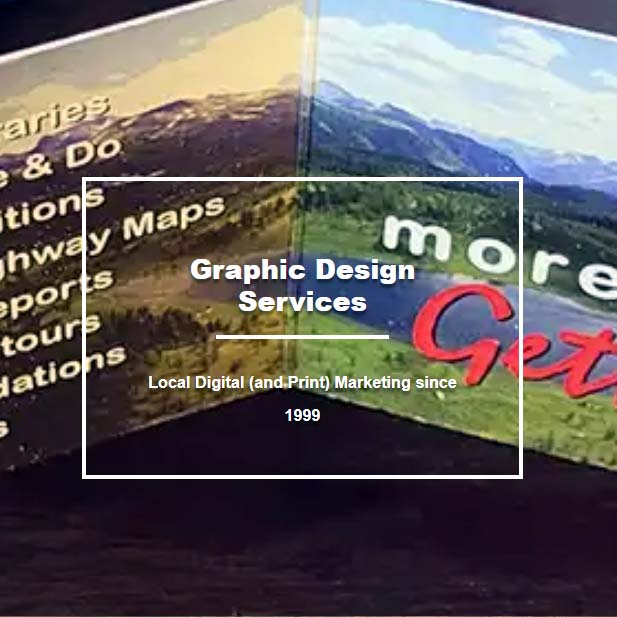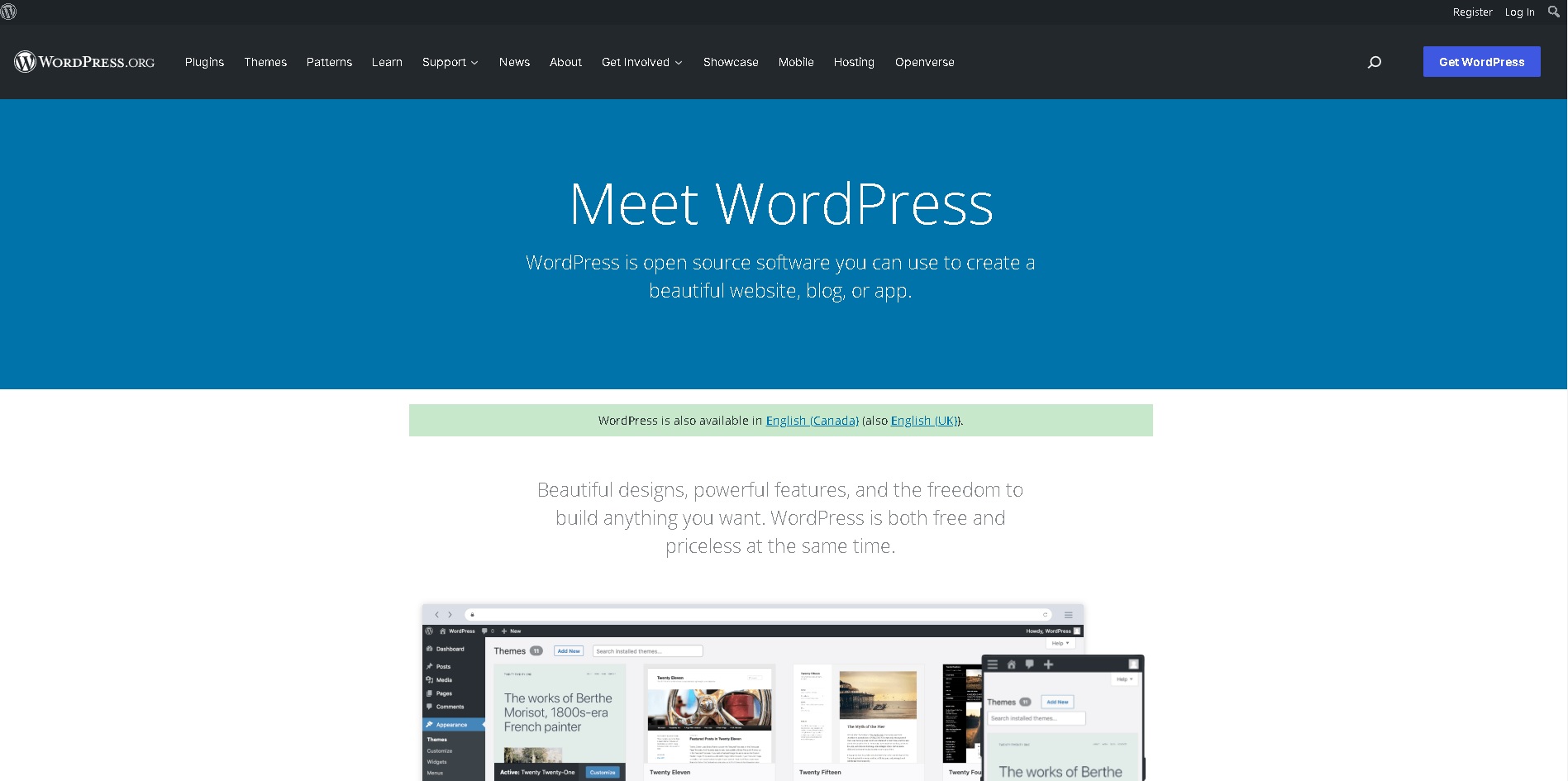Most people think of us as a web company, We have created a number of…

Teachers LOVE FoundLocally.com sites
FoundLocaly.com offers a number of great educational resources, that help students do good research for a variety of subjects and lesson plans (and for fun, too!). And the nice thing is the information is well-researched, balanced, and current.
FoundLocally has lots of content relating to:
- Social Studies & History
- Communities & neighbourhoods
- Recreation & Sports
- Arts, Theatres, Movies, Festivals
We also provide and education licence for teachers and students to use our photos in classroom presentations and papers at no cost, and without prior permission (with source credit or link). Just click on the Local-Images page in the Table of Contents, which takes you to that community’s /Images directory)
See links to good educational links in the FoundLocally site for your community (or another community you are studying) at:
Educational Resources: Choose a community…Barrie-MuskokaCalgaryCharlottetownEdmontonEtobicokeFraser ValleyFrederictonHalifaxHamiltonKitchener-WaterlooLondonMississauga-BramptonNiagara FallsNorth YorkOakville-BurlingtonOkanagan-Shuswap LakesOshawa-DurhamOttawa-GatineauReginaRockiesSaskatoonSault Ste MarieScarboroughSt. John’sSudburyThunder BayTorontoVancouverVictoria and IslandWindsorWinnipegToronto > York Region
2014: Recent changes to our maps, show the interplay of many community features including access to transit, with different layers relating to:
These maps can be found by clicking on the Maps link at the top of any page in the site, and navigating to the community of interest. you can then see different map layers reflecting:
- Attractions & Accommodations,
- Communities & Homes,
- Culture & Entertainment,
- Dining & Shopping,
- Emergency(fire, police, hospitals),
- Schools( (and libraries),
- Shopping Areas, and
- Sports & Recreation
A typical Social Studies project is to compare our town or neighbourhood with a another in another part of Canada (use Stats Canada to pick a similar one, and compare demographics to argue its similarity) and then look at the community Map and its features to see differences in what features, services and stores that its residents have access to



